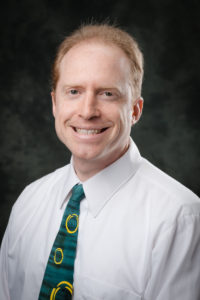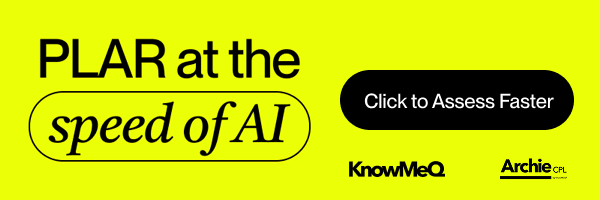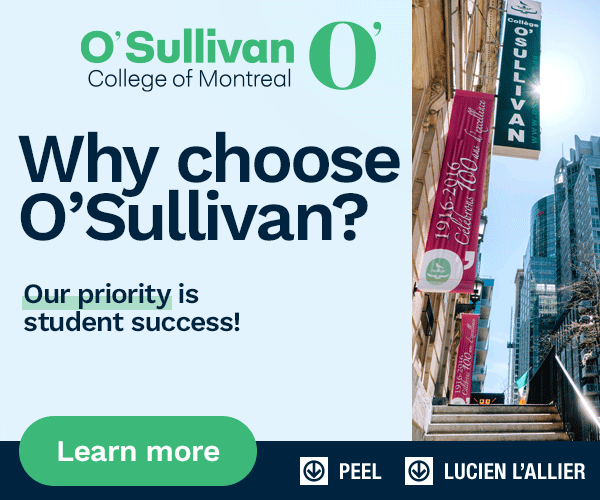By Mari-Len De Guzman
Western is strengthening its expertise in open-source, sustainable technology research this fall by adding in an entrepreneurial twist, and an advocate for grassroots innovation leading the charge.
Joshua Pearce, the new John M. Thompson chair in information technology and innovation, has a huge passion for solar energy development and creating sustainable, shareable technology, which will be a big focus for his research projects at Western.
Pearce comes to Western from Michigan Tech, where he spent the last 10 years as an engineering professor. Pearce's appointment at Western includes duties at the Thompson Centre for Engineering Leadership and Innovation and at Ivey Business School. He will also engage in a number of research projects in the department of electrical and computer engineering.
Western News caught up with Pearce to discuss his role, his research and his passion for sustainable technologies.
Western News: What drew you to Western?

Joshua Pearce
Joshua Pearce: I have known about the brilliance of Western for some time. When I was first married, my wife Jen was doing her surgical residency here. What attracted me back was the Thompson chair in information technology and innovation. It provides me with the opportunity, and really the mandate, to help Western to dominate the future of open-source technology innovation. Free and open-source technologies are technologies whose design is made publicly available so anyone can study, modify, distribute, make and sell the design, software or hardware based on that design. The tech's source, the design from which it is made, is available to modify and comes with a license that demands sharing of improvements based on the design. Open-source technology gives people the freedom to control their technology while sharing knowledge and encouraging commerce through the open exchange of designs.
It is also a flagrantly superior method of tech development, which is why the majority of big companies are now contributing to open-source projects; it is clearly a major current trend with 90 per cent of the Fortune Global 500 using it. All supercomputers, 90 per cent of cloud servers, 82 per cent of smartphones and 62 per cent of embedded systems run on open-source operating systems. More than 70 per cent of "Internet of things" (IoT) devices also use open-source software. Digital fabrication technologies like 3D printers have now made open source a reality in the physical world. My own work in free and open-source hardware indicates it is roughly 15 years behind its software counterpart and growing exponentially. Creating successful business ventures with open-source technology is the future, although it is not as straightforward as conventional business models. It takes a little extra cleverness - and that is where the fun part lies.
I have really been impressed with not only how open Western faculty are to collaboration and enthusiastic about new ideas, but also how the staff and administration have been genuinely helpful and interested in our collective success. I can't wait to meet the students. I have been blessed with mentoring some really fantastic students in the past, but having a lab group made up of razor-sharp Western students is going to be unbelievable.
WN: Could you tell us a bit more about the two roles you are undertaking in the Ivey Business School and the Thompson Centre for Engineering Leadership and Innovation?
JP: I see my position as one that brings together engineering and business using open-source technology as a lever to help things get done fast. My reputation in this space - all of my work is open and free for everyone to use - makes it very easy for me to create collaborations. This is good on the academic side but also on the business side. Imagine a campus where everyone who has an idea for a product can have an honest shot at making a prototype and seeing if it is worth pursuing in some form of enterprise. We are going to be able to do that here at Western. That is going to be a lot of fun, and I am excited to be part of that.
"Technology development just keeps pushing us towards a more sustainable state." - Pearce
WN: Your areas of research are focused sustainable and open-source technologies. What led you to this particular academic interest?
JP: When looking around at the world's problems, to me it was clear that a low-cost form of renewable energy was the answer to many of them. That's why I did my engineering PhD in low-cost solar photovoltaics (solar panels). In my opinion, it is our best opportunity for continuing to enjoy our energy-intensive lifestyle and let everyone in the globe do so as well, without destroying the planet.
I came to open-source tech later. I started using an open-source 3D printer called RepRap - a self-replicating, rapid prototyper that fabricates its own parts - to make some of my own custom lab equipment. It worked so well (using open source tech you can generally cut the cost of lab equipment by about 90 per cent), that I ended up jumping in with both feet. I wrote a book - the Open Source Lab - to explain how other scientists and engineers could use it. And then I founded HardwareX, which is Elsevier's flagship scientific instrumentation journal - where all the technologies must be open source.
WN: When it comes to sustainability and reducing carbon footprint, technology innovations can be a double-edged sword. How do we keep technology working more for the side of sustainability?
JP: Fortunately, at least in the two areas I focus on - distributed recycling and additive manufacturing (DRAM) and solar photovoltaics (PV) - technology development just keeps pushing us towards a more sustainable state. I have done careful lifecycle analyses (LCAs) on both technologies. For DRAM, you can cut out nearly all embodied energy/emissions of transportation because you literally recycle your own waste into high-value products in your community or, in the most radical form, in your own home. My research has shown this is not only great for the environment, but also makes an enormous amount of economic sense. It is true there are 3D print failures, but my current research in this area using AI and computer vision will hopefully crush that problem, too.
For PV, I am just putting the finishing touches on an LCA of a new kind of floatovoltaics - flexible solar cells that float on the top of a water surface. The water cools the PV so the efficiency is higher and the PV keeps the water from evaporating, which can be a major help for water conservation. Best of all, the new design I am working on eliminates almost all the conventional racking components, which radically reduces the footprint even further. In addition, we have also been looking at agrivoltaics, where co-locating PV and conventional agriculture increases agriculture output, in addition to all the green electricity and high economic output per acre. If the long-term, outdoor testing I have planned in Western's field station works as we predict, we will have the greenest form of solar electricity to date - which is already a pretty deep shade of green.
WN: You co-authored a book titled, To Catch the Sun, with Lonny Grafman. What's the story behind this book?
JP: Lonny is the founder of Appropedia.org, the largest wiki-based website dedicated to collaborative solutions in sustainability, poverty reduction and international development. We have been friends and colleagues for a long time and decided to write a book together to help accelerate the adoption of solar energy. To Catch the Sun is a collection of inspiring stories of communities coming together to harness their own solar energy, and how you can do it, too.
Solar photovoltaic technology, which converts sunlight directly into electricity, has fallen in cost so far that it is now the most inexpensive method of getting electricity. If you are a little handy, you can cut the costs even further by building your own systems and To Catch the Sun guides you on exactly how to do it. It overflows with interesting stories of people from all over the world meeting their energy needs with small solar systems. Best of all and sticking to our open source principles - it is a free, open access e-book.
I am happy to report we destroyed our Kickstarter goal for those who wanted hard copies and the book will, at the very least, also be published in Spanish. We are looking to do translations in a few more languages and all proceeds from sales support the Appropedia Foundation to ensure the information is freely available and up-to-date.
WN: Any tips for students who will be taking your courses?
JP: Bring your passion! All of my courses are project-based - no wasted time, no exams and no fluff. While focusing on improving technical skills in the discipline, the goal of the projects is to make the world better in a specific, measurable, achievable, realistic and timely (SMART) way. If you come into my class excited about a project, we will get along great and I will do my best to help you succeed.
The John M. Thompson chair was established through an investment from John, BESc'66, LLD'94, Western's former chancellor (2008 to 2012) and Melinda, BA'64, Thompson, along with funds from Western. Thompson was appointed president and CEO of IBM Canada in 1986 and later served as vice-chairman of the board of IBM Corporation. He also served as non-executive chairman of the board of Toronto-Dominion Bank Financial Corporation from 2003 to 2011.













